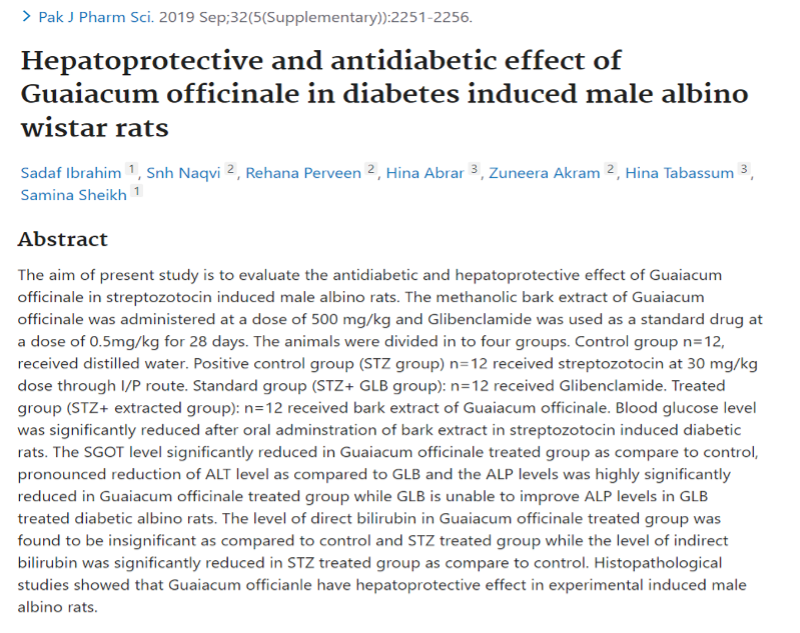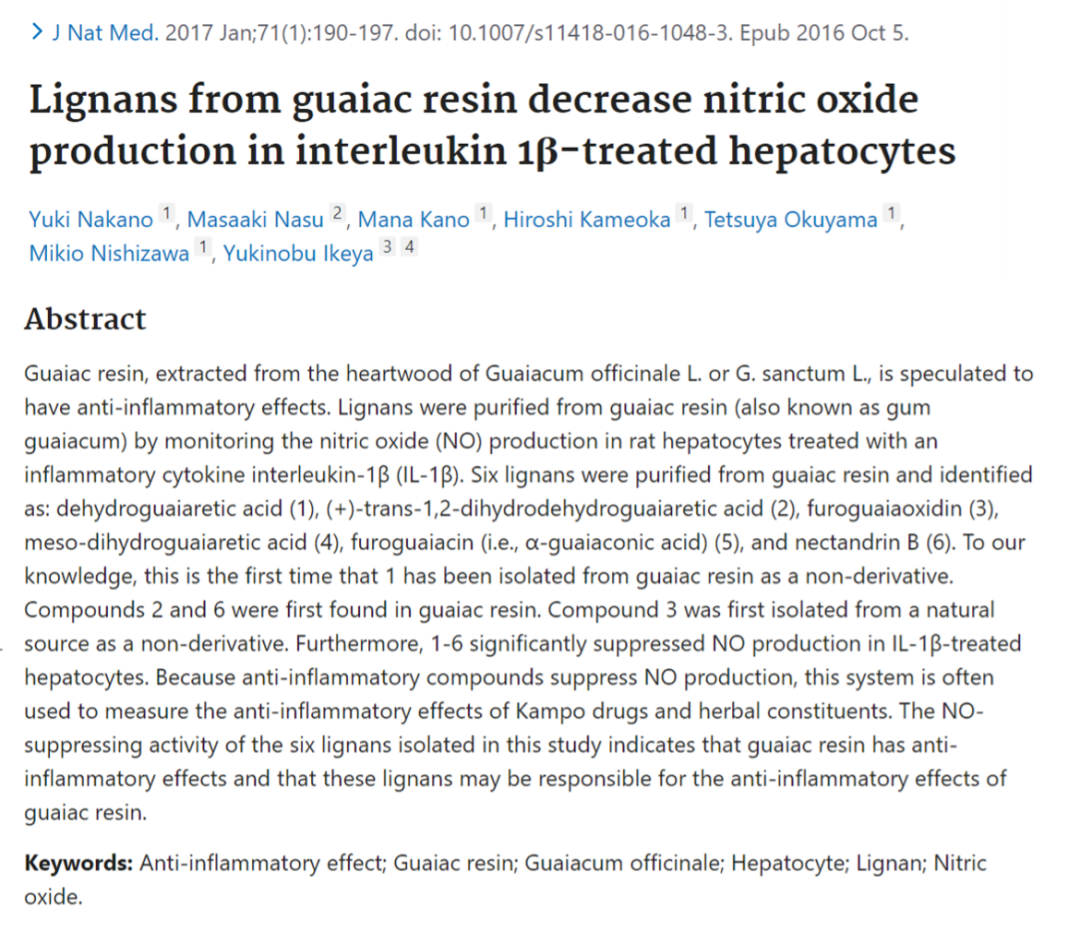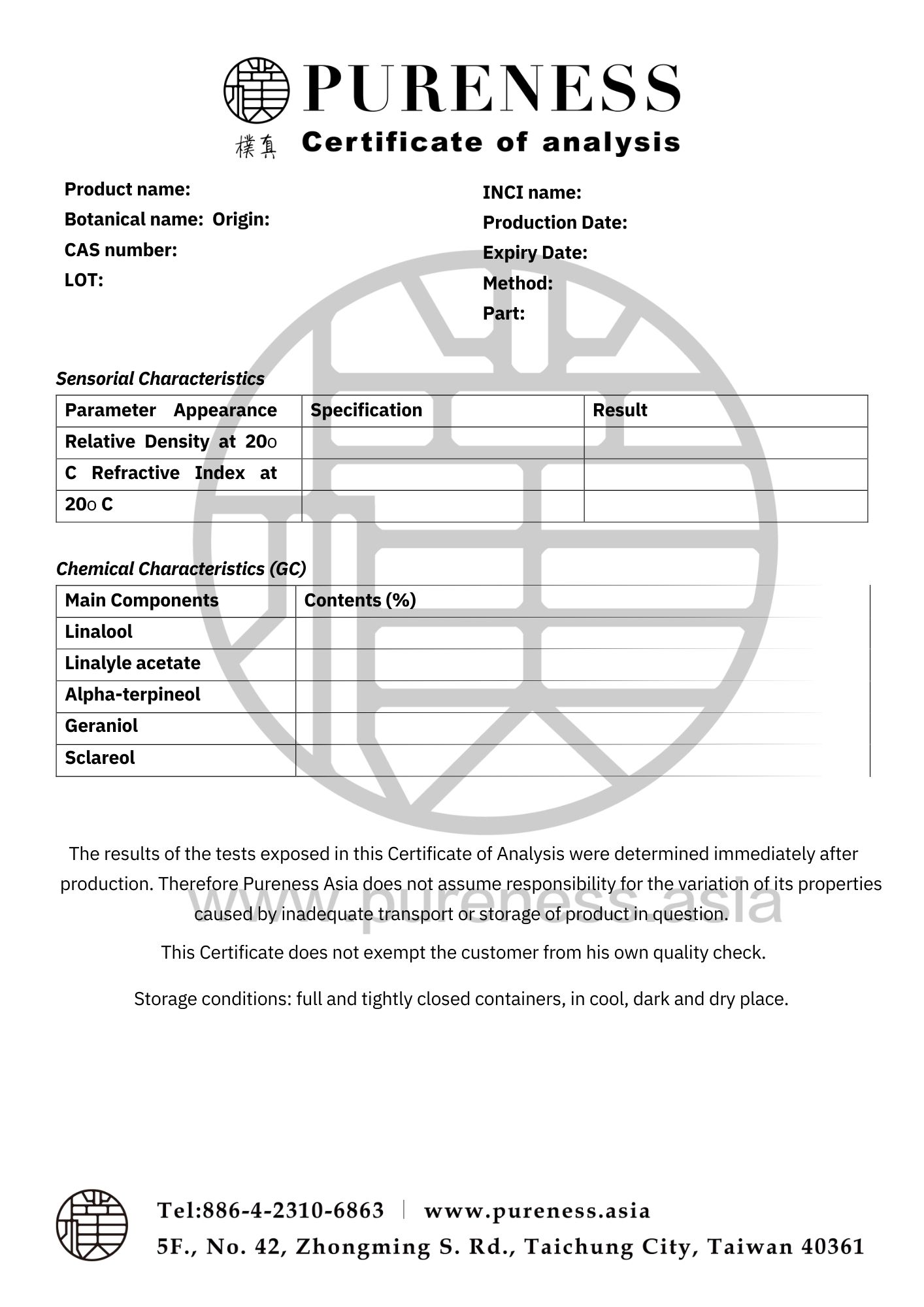
Guaiacwood
Scientific name|Guaiacum officinale
Origin|Paraguay
Classification|Wood series
Specifications|500g-25kg Please contact sales for details
Extraction part|Wood
Extraction method | Distillation
Plant family|Tribulus
Aroma|A deep woody aroma with hints of vanilla and earthiness
▎Essential Oil Introduction
The English name of Guaiacwood comes from the Latin "Lignum Vitae," which directly translates to "Tree of Life." In many ancient texts, it is referred to as the "Health Tree" or "Health Balsam." Guaiacwood is native to South America, most notably found in Argentina, particularly in the Gran Chaco region and Rio Berjamo. It also grows in Paraguay and the Caribbean, where it is the national tree of the Bahamas, and its flowers are the national flower of Jamaica.
Guaiacwood can grow up to about 6 meters tall, with many curved branches forming a rounded canopy. It produces blue flowers that grow in clusters of five to ten and bears fleshy, orange fruit. The wood is extremely dense and resistant to decay, and most of the essential oil used in aromatherapy is derived from this part. The oil, extracted through steam distillation, contains guaiacol as its primary active ingredient.
The tree's natural resin is used as a food additive and as a fixative in perfumes. Guaiacol, a well-known medicinal ingredient that has emerged in recent years, actually comes from the resin of this tree species. Guaiacol is also found in roasted coffee beans and is a precursor in many smoked foods. However, despite the high guaiacol content in the raw plant, only a small, precious amount is found in the essential oil extracted from Guaiacwood.
▎Component Analysis
|Main component: Monoterpenols
The main components are Guaiol, guaiacol, α-guaiac glycerol ether, β-patchoulene, and guaiacwood oxide.
|Research Validation

▸ There is research on Guaiacwood regarding its role in maintaining liver function in male albino rats with experimentally induced liver conditions.

▸ The nitric oxide (NO) levels of six lignans isolated in the study indicate that Guaiacwood may inhibit activity.
|Raw Material Certifications
To obtain relevant certification information, please contact us on WhatsApp.
▎References
- Ouachinou JMS, et al. Variation of Secondary Metabolite Contents and Activities against Bovine Diarrheal Pathogens among Zygophyllaceae Species in Benin and Implications for Conservation. Planta Med. 2022. Mar;88(3-04):89.
- Bhatti UA, et al. Evaluating the impact of roads on the diversity pattern and density of trees to improve the conservation of species.Environ Sci Pollut Res Int. 2022. Feb;29(10):14780-14790.
- Ibrahim S, et al. Hepatoprotective and antidiabetic effect of Guaiacum officinale in diabetes induced male albino wistar rats. Pak J Pharm Sci. 2019.Tissandié L, et al. Towards a complete characterisation of guaiacwood oil.Phytochemistry. 2018. May;149:64-81.
- Nakano Y, et al. Lignans from guaiac resin decrease nitric oxide production in interleukin 1β-treated hepatocytes. J Nat Med. 2017.
- Tissandié L, et al. Revisiting the Chemistry of Guaiacwood Oil: Identification and Formation Pathways of 5,11- and 10,11-Epoxyguaianes. J Nat Prod. 2017. Feb 24;80(2):526-5 Nat Prod.
- Claudio-Campos K, et al. Biological screening of select Puerto Rican plants for cytotoxic and antitumor activities. PR Health Sci J. 2015. Mar;34(1):25-30.
- Sarkar A, et al. Anti-rheumatoid and anti-oxidant activity of homeopathic Guaiacum officinale in an animal model. Homeopathy. 2014. Apr;103(2):133-8.
- Saba N, et al. Separation and identification of a new saponin from the flowers of Guaiacum officinale L. Nat Prod Res. 2010. Dec;24(20):1877-82.
- Ahmad VU, et al. Triterpenoid saponin from the bark of Guaiacum officinale L. Nat Prod Res. 2004. Apr;18(2):111-6.10.Duwiejua M, et al. Anti-inflammatory activity of Polygonum bistorta, Guaiacum officinale and Hamamelis virginiana in rats. J Pharm Pharmacol. 1994. Apr;46(4):286-90. 11.Ahmad VU, et al. Guaiacum officinale. Planta Med. 1989. Jun;55(3):307-8
|Some images sourced from the internet. Contact for copyright removal|





